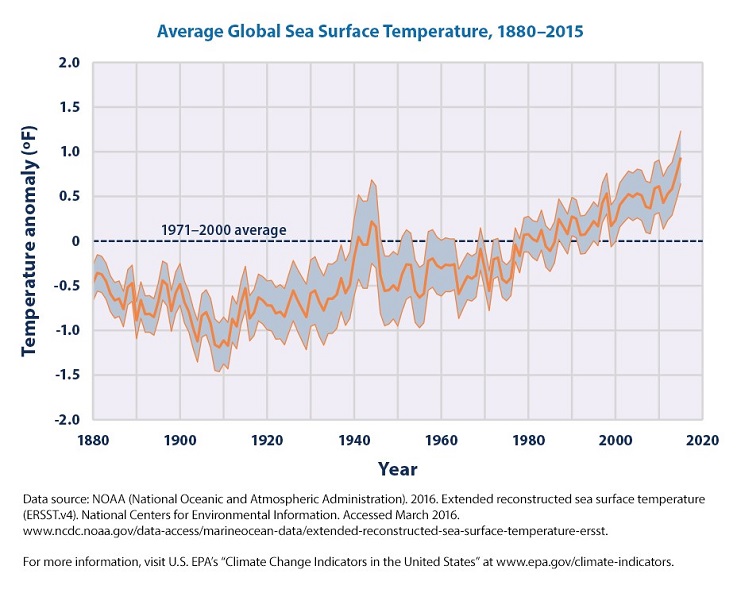The ocean is changing: What are biologists doing to help?
In our previous blog we discussed some need-to-know facts about hurricanes in general, specific storms that have wreaked havoc this hurricane season alone, and those that have broken records around the globe throughout history. In a one month period between August and September this year we saw three hurricanes at or above category three rip through the Atlantic, and in the days leading up to and in-between these storms, questions have circulated regarding the impact climate change has on their level of intensity.
Scientists believe that although hurricanes would still occur regardless of climate change, it does play a factor not necessarily in the number of hurricanes we will experience, but in the strength and size of the storms.
“So, as with Harvey, these superstorms have always happened due to natural causes, but the underlying conditions in the oceans and atmosphere have primed the pump. You don’t need much effort now to turn a trickle into a gusher,” explains Christopher Joyce in an NPR article.
Sea surface temperatures have continued to rise 0.13 degrees Fahrenheit each decade, and the effects of that range from intensified storms hitting those on land to phenomenon threatening the lives of those living below the sea.
According to the Oceaneos Marine Research Foundation, 70 percent of fish populations are fully used, overused or in crisis, and scientists predict that by the year 2048 global fish stocks will be completely depleted. Although this is due largely to overfishing and population growth, it is also due in part to the increasing temperature of the ocean’s surface which has led to a decline in phytoplankton — the food fish need to survive.
Studies show a constant decrease in phytoplankton, which provides food for a wide range of aquatic creatures. Phytoplankton feed off sunlight, carbon dioxide, water and micronutrients like iron, which is typically brought to the sea’s surface by upwelling currents or winds. And as the surface of the ocean warms, deeper, nutrient-rich water declines.
Over the past several decades scientists have studied alternate sources for generating more phytoplankton in the ocean and have discovered that the iron-rich dust of volcanic eruptions can produce plankton blooms over deserted areas of the ocean. This led to the creation of a scientific process called ocean seeding — where scientists will mimic natural volcanic iron fertilization to boost ocean life. Watch the video below to learn more about ocean seeding as scientists explore different processes for replenishing our oceans’ fish stocks and improving food security for the growing population of the world.
Bachelors in biology students at William Woods can take courses like BIO 209: Intro to Environmental Science and BIO 409: Conservation Biology where they will discuss current threats to biodiversity and the importance of conserving pristine habitats and the life of native species. Human population growth, ethics, the law and policymaking will also be considered in addressing environmental issues.


